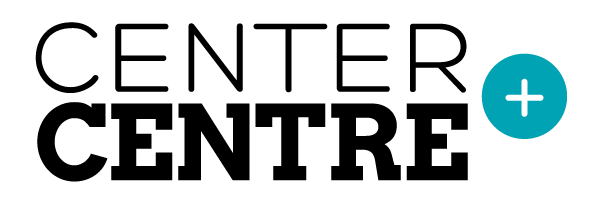
You guys have been amazing. We asked for $21,700 to design the curriculum for Center Centre and you came through big time.
We had always planned to have stretch goals if we met our initial goal. We just thought we’d have more than 3 hours to figure out what they could be. Thanks to you, we’re proud and excited to announce our first stretch goal (earlier than we could have ever hoped!).
Stretch Goal #1: Bring On The School’s Faculty
If we reach $112,000, we can bring on Center Centre’s full-time faculty several months ahead of schedule. We call our full-time faculty facilitators (though they’ve already earned the nickname of unicorn wranglers). We can also start identifying and scheduling the industry experts who will start every course with a two-day workshop diving deep into their topic.
Our original Kickstarter project goal was to design 30 courses. But designing a course and delivering it are two very different things. By bringing on the facilitators early and signing up the industry experts, we can train everyone to deliver the courses the way we’ve designed them. Change the future of UX education with a significant boost for Center Centre’s faculty hiring. Pledge today.
Read on if you want the nitty gritty of how this $112,000 stretch goal will make Center Centre even more awesome…
Facilitators and Industry Experts: A Different Approach To Skills Training
First, a little insight into our thinking. The Unicorn Institute research project taught us we need to take a different approach to course delivery. While many other schools rely on full-time faculty to master the material and be great instructors, we’ll divide the job in an unconventional, collaborative way.
At Center Centre, we’ll have full-time facilitators who are great instructors and coaches, each with solid subject matter experience. We’ll augment the facilitators with a team of industry experts who can dive deeply into the material (often because they wrote THE book on their topic) and who are also proven teachers.
Our first cohort will have 36 students and three full-time facilitators. The ratio of one facilitator to every twelve students means that the students will get a rare level of individual developmental attention. The facilitators will act as coach, mentor, and team leader to the teams under their care.
For every one of the 30 courses, we will recruit a different industry expert. The facilitators, who will know the students the best, will work closely with the industry experts to tailor their material to each student’s capabilities.
The teaming of industry experts with facilitators ensures each student gets personalized instruction and the latest state-of-the-art thinking. Leslie’s expertise in designing curriculum and teaching design, combined with Jared’s experience delivering cutting-edge UX concepts through world-class educational conferences will ensure we get the right blend of expertise and instructional finesse.
How The Stretch Goal Works
Having facilitators and industry experts was always in the plan. Yet, we hadn’t planned on using the Kickstarter money for it. Like any ongoing school, the money from tuition pays the facilitators’ salaries, benefits, and relocation costs and the industry experts’ fees and expenses.
But because of your generosity and the the pledges that are still coming in, we can now bring the facilitators on earlier. We’ll use the additional money to cover their relocation costs and the extra few months of salary and benefits, until the tuition funds start coming in.
These extra few months will be critical to the school’s development. With this additional time, the facilitators will work with Leslie to develop the curriculum (saving us the cost of our planned contract writers). This means the facilitators will deliver the courses better, because they were involved in the design and development.
With the facilitators onboard earlier, we can start the work with the industry experts sooner. That extra time will bring extra quality to each course. This will make better designers out of our students. And better designers means a world of better UX.
Bonus: Opening the School in the Fall
When we launched the Kickstarter we thought opening in the fall of 2014 would be challenging—maybe even impossible. After all, designing 30 courses is just one small (but significant) step to open our doors.
However, by meeting this $112,000 stretch goal and bringing on the facilitators months earlier than planned, we’ll have enough team resources to make the impossible become possible. In addition to the course development, the new staff can help interview prospective students, work through the admissions process, and set up our classroom and project space.
You got us to our original goal in 3 hours. That was amazing.
Now we’re asking for something even more amazing. Help us bring the faculty on earlier to create a better educational experience. Change the future of UX education by boosting our faculty hiring. Pledge today.






